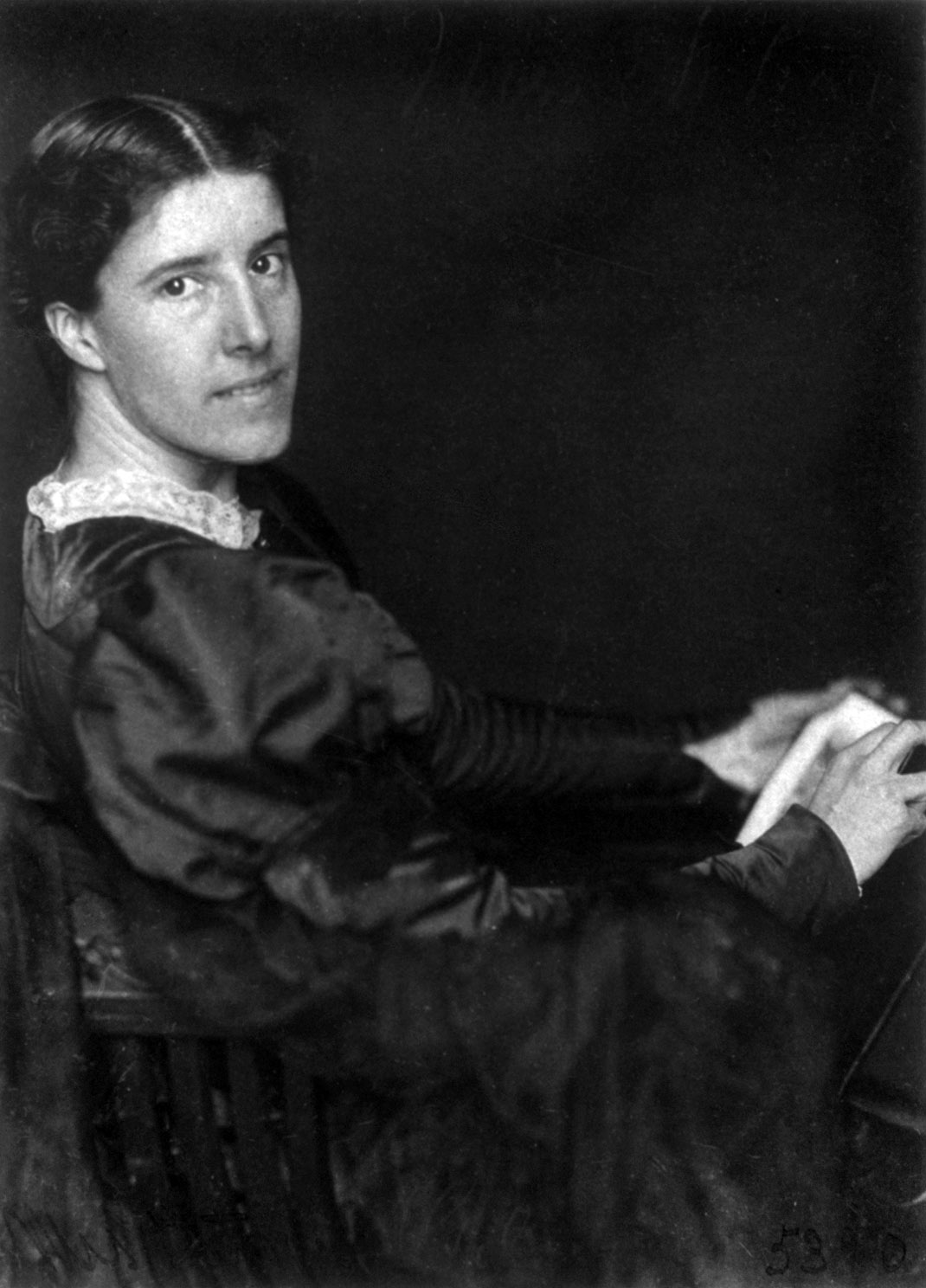Exploring The Life And Legacy Of Charlotte Perkins Gilman
Charlotte Perkins Gilman was a remarkable writer, feminist, and social reformer whose work continues to resonate in contemporary discussions about gender and society. Born in 1860, she lived during a time when women were expected to conform to strict societal roles, yet she boldly challenged these norms through her writing and activism. Her most famous work, "The Yellow Wallpaper," is a poignant exploration of mental health and the oppression of women, making her an influential figure in both the feminist movement and the literary world.
Throughout her life, Charlotte Perkins Gilman was not just an advocate for women's rights; she was also an influential thinker on issues such as sociology, economics, and the family structure. Her writings and speeches addressed the limitations placed on women and called for social reform that would allow women to lead fulfilling lives. Gilman's work has inspired countless readers and activists, highlighting the importance of mental health awareness and gender equality.
In this article, we will delve deeper into the life, works, and impact of Charlotte Perkins Gilman. Through examining her biography, key writings, and the themes she explored, we will gain a better understanding of her lasting legacy and the relevance of her ideas in today's society.
What is Charlotte Perkins Gilman's Biography?
Charlotte Perkins Gilman was born on July 3, 1860, in Hartford, Connecticut. The daughter of a prominent family, she faced many challenges early in life, including the death of her father when she was just a child. Raised by her mother and a series of relatives, Gilman experienced a somewhat unstable upbringing that shaped her views on family and independence. She attended the Rhode Island School of Design and began her career as a writer and illustrator.
| Personal Details | Bio Data |
|---|---|
| Name | Charlotte Perkins Gilman |
| Date of Birth | July 3, 1860 |
| Place of Birth | Hartford, Connecticut, USA |
| Date of Death | August 17, 1935 |
| Occupation | Writer, Feminist, Social Reformer |
| Notable Works | "The Yellow Wallpaper," "Women and Economics" |
What Are the Major Themes in Charlotte Perkins Gilman's Work?
Charlotte Perkins Gilman’s writing often explored several key themes, including:
- Gender Roles: She critiqued the traditional roles assigned to women and argued for their independence.
- Mental Health: Her works shed light on the mental health struggles that women faced, particularly in oppressive environments.
- Social Reform: Gilman advocated for changes in society that would benefit women, including economic independence and access to education.
- Individualism: She emphasized the importance of self-identity and personal fulfillment.
How Did "The Yellow Wallpaper" Reflect Charlotte Perkins Gilman's Views?
One of Gilman's most impactful works is "The Yellow Wallpaper," a short story that captures the descent into madness of a woman confined to her room by her husband, who believes he is caring for her. This story serves as a powerful metaphor for the oppression of women and the detrimental effects of the "rest cure," a common treatment for women suffering from mental health issues during that era. Through the protagonist's struggle, Gilman illustrates the dangers of denying women autonomy and the importance of mental health awareness.
What Other Works Did Charlotte Perkins Gilman Create?
In addition to "The Yellow Wallpaper," Charlotte Perkins Gilman produced a wealth of literature that addressed social issues and feminism. Some of her notable works include:
- "Women and Economics" (1898): In this groundbreaking book, Gilman argues for women's economic independence and critiques the economic dependence of women on men.
- "Herland" (1915): A utopian novel that imagines a society composed entirely of women, exploring themes of gender, society, and motherhood.
- "The Home: Its Work and Influence" (1903): A sociological study that discusses the role of the home in the social structure and advocates for domestic reform.
How Did Charlotte Perkins Gilman Influence the Feminist Movement?
Charlotte Perkins Gilman's contributions to literature and social thought played a significant role in shaping the feminist movement. Her writings provided a voice for women who felt trapped by societal expectations and inspired generations of feminists to challenge the status quo. She was an early advocate for women's rights, promoting the idea that women should have equal opportunities in education and the workforce.
What Legacy Did Charlotte Perkins Gilman Leave Behind?
Charlotte Perkins Gilman's legacy continues to inspire and influence contemporary discussions about gender equality and mental health. Her works remain relevant in today's society, as they address issues that still affect women and marginalized communities. By examining her life and writings, we can appreciate the struggles and triumphs of women throughout history and recognize the ongoing fight for equality.
In Conclusion: Why Is Charlotte Perkins Gilman Still Important Today?
Charlotte Perkins Gilman's work is essential for understanding the evolution of feminist thought and the challenges women face in society. Her exploration of gender roles, mental health, and social reform offers valuable insights that continue to resonate today. As we reflect on her contributions, we are reminded of the importance of advocating for women's rights and the necessity of mental health awareness in our ongoing pursuit of equality.
Exploring The Lives And Legacy Of Leonard And Felicia Bernstein
Remembering The Legacy Of MLK Jr: A Beacon Of Hope And Change
Unraveling The Legacy: Did Marie Antoinette Have Children?


